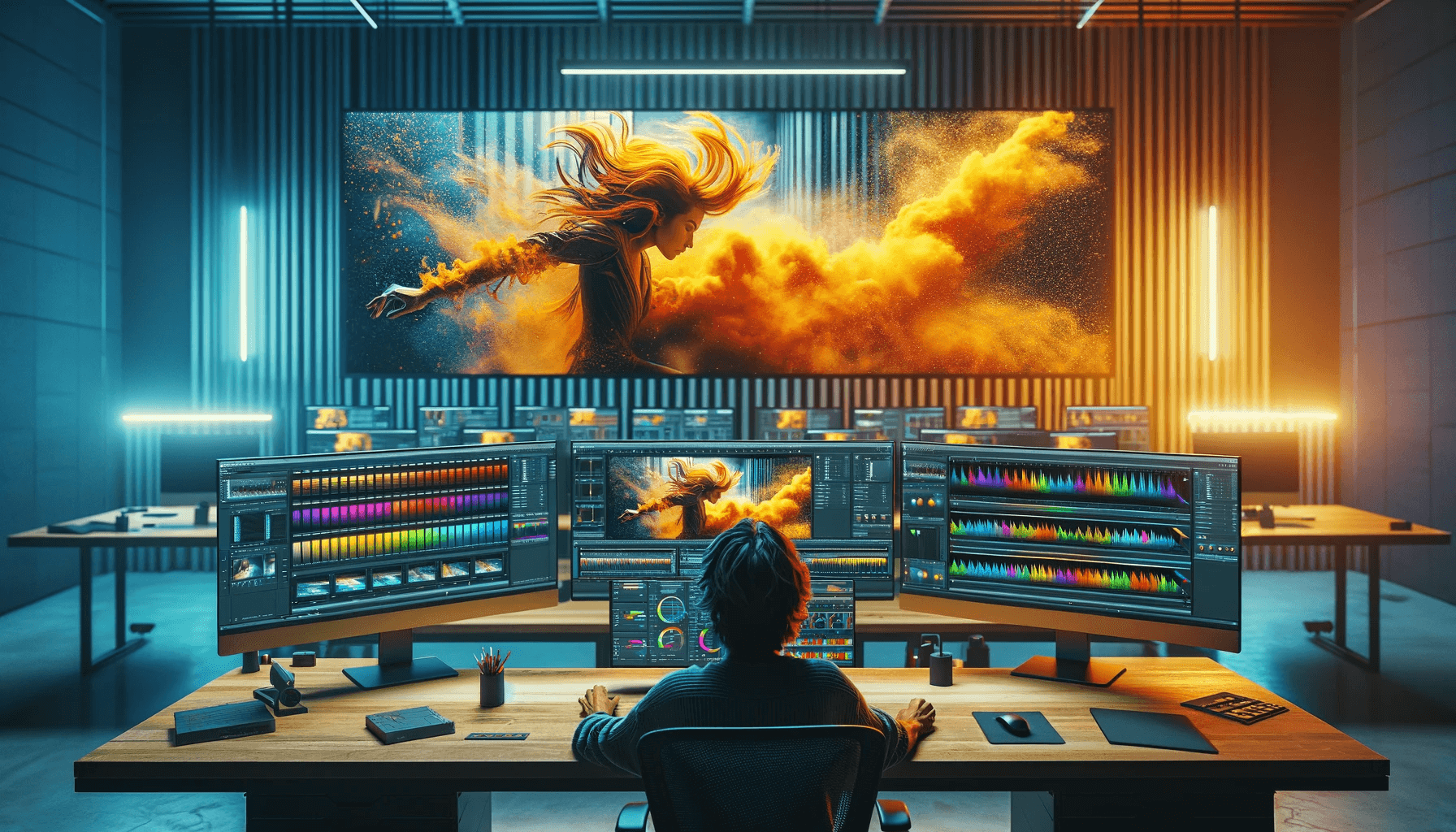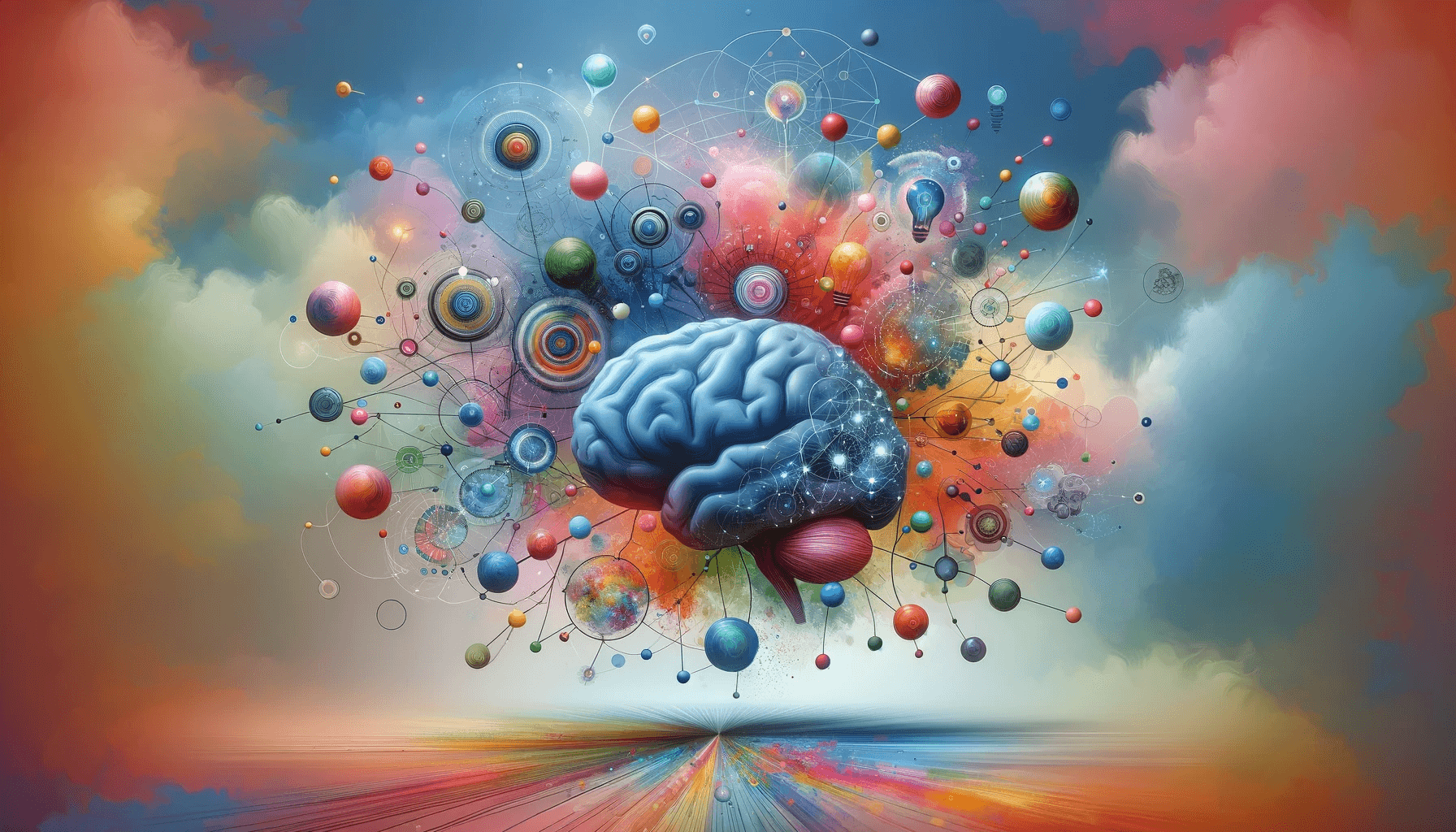Sponsor Photographic Memory Training
Table of Contents
What is Color Grading?
In today’s digital age, where videos and photos play a significant role, it is essential to understand the power of color grading. Color grading is a technique used to enhance and transform the visual aesthetics of videos and photos, giving them a professional touch and elevating them to a whole new level. Whether you are a filmmaker, photographer, or simply an individual passionate about visual storytelling, mastering the art of color grading can make a world of difference in the impact and quality of your work.
What is Color Grading, and Why is it Important?
Color grading is altering and manipulating the colors of videos and photos to achieve a desired look and feel. It involves adjusting various aspects of color, such as brightness, contrast, saturation, and hue, to create a specific mood or atmosphere. By carefully selecting and modifying colors, color grading can completely transform the visual experience, enhancing the storytelling and evoking emotions in the audience.
The importance of color grading lies in its ability to enhance the narrative and evoke specific emotions. Colors have a profound psychological impact on our emotions and perceptions. From warm tones that evoke feelings of happiness and comfort to cool tones that create a sense of calmness or mystery, each color uniquely affects our subconscious. By using color grading techniques, you can effectively guide the emotional journey of your audience, making your videos and photos more engaging and memorable.
The Impact of Color Grading on Videos and Photos
The impact of color grading on videos and photos must be considered. It is the difference between a dull, lifeless image and a vibrant, captivating visual masterpiece. When done correctly, color grading can completely transform the mood and atmosphere of a scene, elevating the storytelling and immersing the audience in the narrative.
For videos, color grading can help establish the story’s overall tone. Whether it’s a gritty action sequence with desaturated colors or a dreamy romantic scene with warm, vibrant tones, color grading sets the stage for the narrative. It guides the emotional response of the viewers. Similarly, in photography, color grading can enhance the subject, draw attention to specific details, and create a cohesive visual style.
The Psychology of Color and Its Influence on Emotions
To truly understand the power of color grading, it is essential to delve into the psychology of color and its influence on emotions. Understanding colors can evoke specific feelings and associations, which can help you make informed decisions regarding color grading.
Warm colors like red, orange, and yellow are often associated with energy, passion, and happiness. They can create a sense of warmth and intimacy, making them perfect for romantic or joyful scenes. On the other hand, cool colors like blue and green evoke feelings of calmness, serenity, and even sadness. They are ideal for creating a sense of mystery or melancholy in your visuals.
By understanding the emotional impact of different colors, you can strategically use color grading to evoke specific emotions in your audience. For example, desaturating colors can create a sad or nostalgic mood, while boosting saturation can make a scene feel more vibrant and energetic.
Different Techniques and Tools for Color Grading
Color grading can be achieved using various techniques and tools, ranging from basic adjustments in editing software to advanced color grading suites. The choice of technique and tool depends on your expertise level, the project’s complexity, and the desired outcome.
Basic color grading can be done using the built-in tools in popular editing software such as Adobe Premiere Pro or DaVinci Resolve. These tools allow you to adjust brightness, contrast, saturation, and color balance, giving you control over the overall look of your videos and photos.
Dedicated color grading suites like DaVinci Resolve Studio or Adobe SpeedGrade offer a wide range of tools and features for more advanced color grading. These software packages provide greater control over individual color channels, advanced color-matching capabilities, and the ability to create and save custom looks or presets.
Step-by-Step Guide to Color Grading Your Videos and Photos
Now that we have explored the importance of color grading and the psychology of color let’s dive into a step-by-step guide to color grading your videos and photos.
- Import and Organize: Import your videos or photos into your editing software. Create folders or bins to organize your media for easy access.
- Basic Adjustments: Adjust the overall exposure, brightness, contrast, and saturation. This will help establish a solid foundation for your color grading process.
- Choose the Look: Determine the desired look or mood you want to achieve for your videos or photos. This could be a warm and sunny vibe, a cool and moody atmosphere, or anything.
- Color Balance: Adjust the color balance to achieve the desired color temperature. This involves balancing the red, green, and blue channels to create a natural or stylized look.
- Selective Grading: Use masks or adjustment layers to grade specific areas of your videos or photos selectively. This can help highlight or de-emphasize certain elements, create contrast or depth, or draw attention to a particular subject.
- Finishing Touches: Fine-tune the overall look by adjusting individual colors, adding vignettes, or applying film grain or textures. Be mindful of subtlety and avoid overdoing the effects.
- Compare and Export: Compare your graded videos or photos with the original footage or images to ensure you have achieved the desired look. Once satisfied, export your work in the desired format and resolution.
Expert Tips and Tricks for Achieving Professional-Grade Results
Achieving professional-grade results in color grading requires practice, experimentation, and attention to detail. Here are some expert tips and tricks to help you elevate your color grading skills:
- Start with a Reference: Find an image or video with a look that inspires you and use it as a reference for your color grading. This will help you establish a starting point and guide your creative decisions.
- Shoot and Edit in Raw: If possible, shoot in a raw format and edit in a color grading-friendly editing software. Raw files contain more information and provide greater flexibility in post-production.
- Keep it Natural: While stylized looks can be visually appealing, it is important to maintain a sense of realism. Avoid oversaturating colors or introducing unnatural color casts unless it serves the narrative or desired aesthetic.
- Experiment with LUTs: Look-Up Tables (LUTs) are pre-built color grading presets that can be applied to your videos or photos. They offer a quick and easy way to achieve specific looks or styles and can be a great starting point for further adjustments.
- Pay Attention to Skin Tones: When color grading portraits or videos with human subjects, pay special attention to skin tones. Ensure they appear natural and flattering, avoiding unwanted color shifts or discrepancies.
- Consider the Viewing Environment: Remember the intended viewing environment for your videos or photos. Calibrate your monitor for accurate color representation and consider how the grading will translate across different devices and displays.
Examples of Successful Color Grading in Films and Advertisements
To further illustrate the power of color grading, let’s explore some examples of successful color grading in films and advertisements:
- The Grand Budapest Hotel: Director Wes Anderson is known for his meticulous attention to visual aesthetics, and his film “The Grand Budapest Hotel” is a prime example. The color grading in the film creates a whimsical and nostalgic atmosphere, with a vibrant and pastel color palette that perfectly complements the story.
- Nike’s “Dream Crazy” Ad: Nike’s “Dream Crazy” commercial featuring Colin Kaepernick is a powerful example of color grading used to evoke emotions. The ad utilizes a desaturated color grade with a blue tint, creating a somber and introspective mood that aligns with the campaign’s message.
- “La La Land”: The musical film “La La Land” showcases the use of color grading to enhance the romantic and dreamlike quality of the story. The warm and vibrant color palette, focusing on yellows and oranges, creates a nostalgic and enchanting atmosphere throughout the film.
Color Grading Software and Apps for Beginners and Professionals
Whether you are a beginner or a professional, various color grading software and apps are available to suit your needs. Here are some popular options:
- Adobe Premiere Pro: A widely used video editing software that also offers basic color grading tools.
- DaVinci Resolve: A powerful color grading suite used by professionals in the film and television industry. It offers advanced color grading capabilities and is available in free and paid versions.
- Adobe Lightroom: Primarily designed for photography, Adobe Lightroom offers basic color grading tools and presets that can be applied to images and videos.
- Filmora: A user-friendly video editing software with basic color grading features suitable for beginners.
Conclusion: Elevate Your Videos and Photos with Expert Color Grading Techniques
In conclusion, color grading is a powerful tool that can elevate the quality and impact of your videos and photos. By understanding the importance of color grading, the psychology of color and utilizing different techniques and tools, you can create visually stunning visuals that evoke emotions and engage your audience.
Remember to experiment, practice, and develop your unique style. With dedication and attention to detail, you can master the art of color grading and take your videos and photos to new heights. So go ahead, unleash your creativity, and elevate your visual storytelling with expert color grading techniques.
CTA: Take your color grading skills to the next level and explore the world of visual storytelling with expert techniques. Start experimenting with color grading in your videos and photos today and witness its transformative power.






